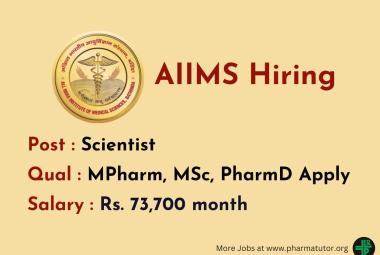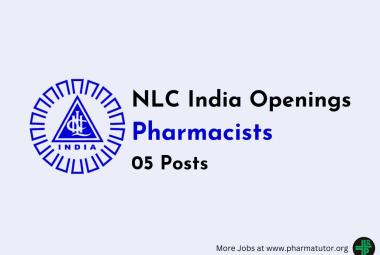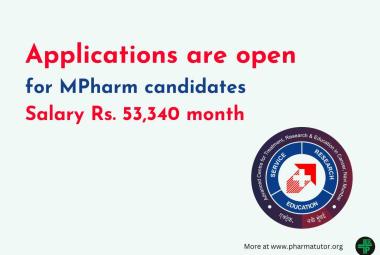EFFECT OF TECTONA GRANDIS STEM EXTRACT ON ESTRADIOL BENZOATE INJECTED UTERUS OF FEMALE ALBINO WISTAR RATS
About Author: Deepali Jaybhaye, Sushilkumar Varma, Amol Gite
Department of Pharmacology, Mahatma Gandhi Mission Hospital,
Aurangabad, Maharashtra – 431001, India.
Vijay Bonde
Department of Pharmacology, Mahatma Gandhi Institute of Medical Sciences,
Sewagram, Wardha, Maharashtra – 402102, India.
Reference ID: PHARMATUTOR-ART-1052
Abstract
Tectona Grandis linn. is one of the well known Indian herbs. In Ayurveda Tectona grandis stem extract has tocolytic effect. The main syndrome of preterm birth is caused by uterus contractions from excitatory factors. Administration of tocolytic agents is a strategy to prevent the occurrence of preterm births. The aim of this study was to investigate the effects of Tectona grandis stem extract on the contractions of uterine strips isolated from non?pregnant female Wistar rats (250~350 g) prior injected (Before 24 Hrs) Estradiol benzoate. Contractions of the uterus were induced with Oxytocin 0.01 IU. The results compared with stander drugs like Magnesium Sulfate (75 mg), Nifedipine (0.18 mg), and Isoxsuprine (0.18 mg) along with their effect on frog blood vessels, rat and frog heart, skeletal muscle. After seeing these effects we conclude that Tectona grandis stem extract possess the same tocolytic effect as that of standard drugs.



 About Authors:
About Authors: About Authors:
About Authors:





